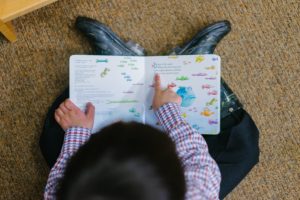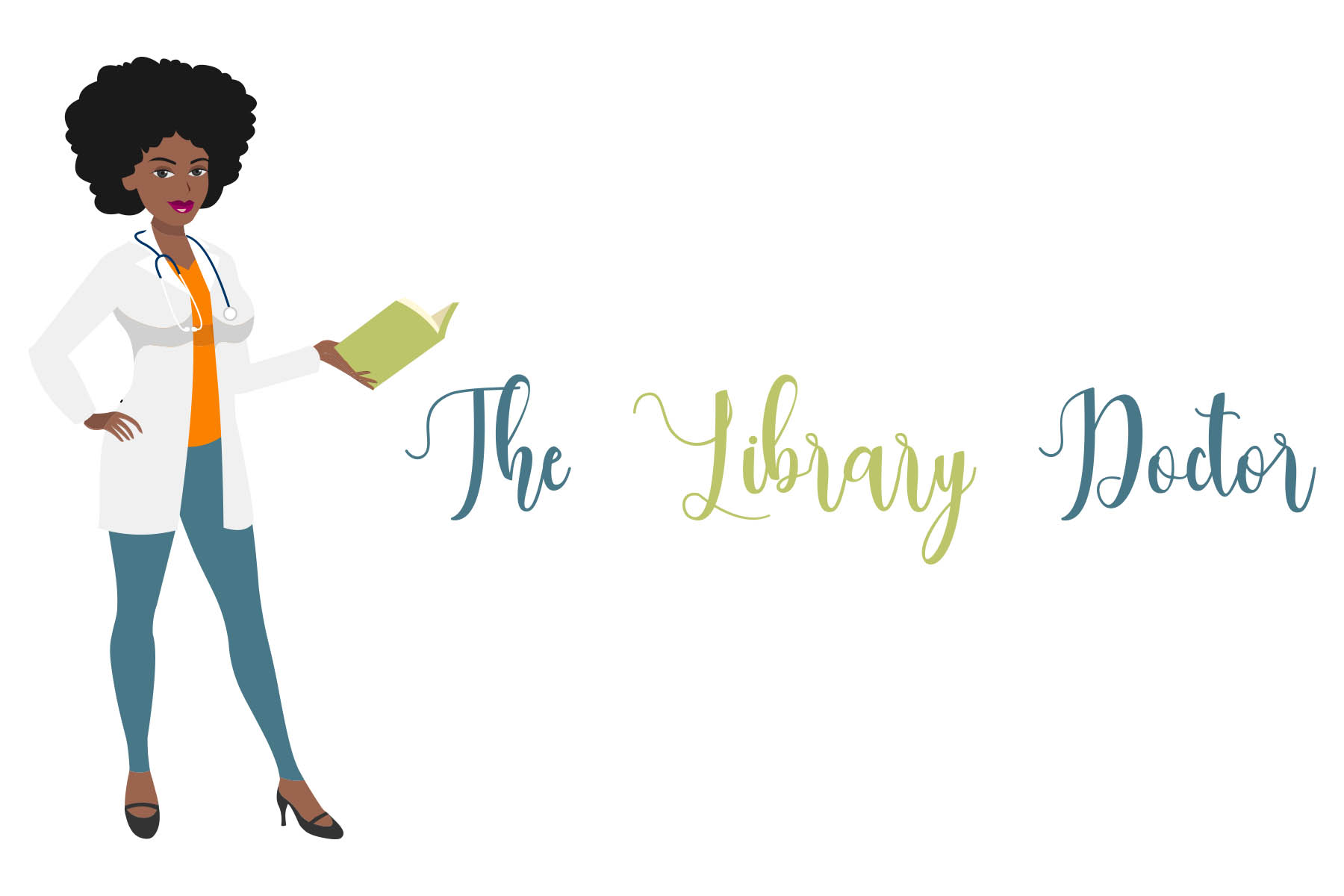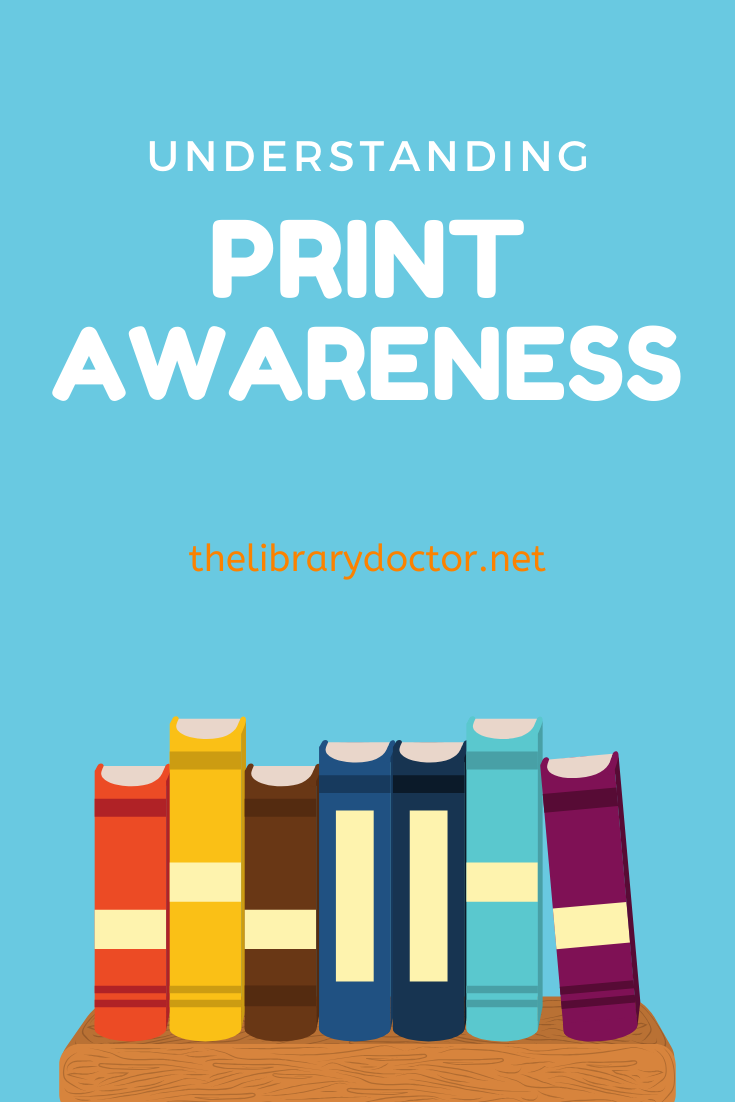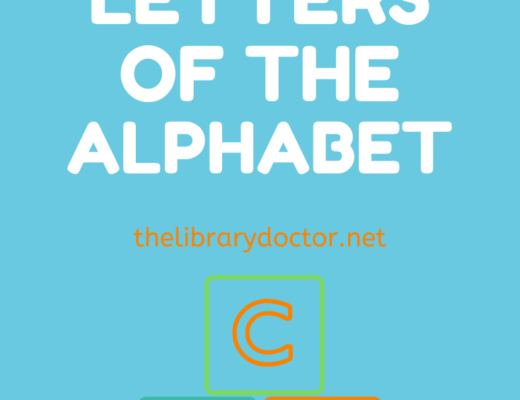There are five critical pre-reading skills that a child needs to know before they can begin reading. They understand print awareness, knowing the letters of the alphabet, hearing and understanding the various sounds of the spoken word, comprehending the meaning of words, and a motivation to read.
Understanding print awareness is a significant indicator of literacy success. Children with print awareness can begin to understand that written language is related to speech. In this blog post, I am going to discuss the first pre-reading skill associated with knowing when a child is ready to learn how to read: print awareness.
Affiliate Disclaimer: This blog post may contain affiliate links where I earn a commission if you make a purchase. However this in no way affects my recommendation. If I recommended the book, I have actually read it (or listened to it) and liked it!

What Is Print Awareness?
A child who fully understands print awareness comprehends that the words and sentences represented in books have meaning and are related to the spoken language. A kid who has print awareness knows how to hold a book correctly, understands that books are read from front to back, read sentences from left to right and from top to bottom.
Why Is Print Awareness Important?
Children who are prepared to learn to read must be aware of words and understand that they have meaning before they begin to learn to read. As you read picture books with your child, they need to realize that pictures and words represent real things in the world and that letters have sounds.
How You Can Help Your Child Understand Print Awareness
- Allow your child to grip the book and make sure they are holding it correctly.
- When you read books together, trace your finger under the words from left to right as you read and point out that there is white space between the words, sentences, and paragraphs.
- Let your child flip the pages as you read and emphasize that books are read from front to back.
- When you are at home or out and about in town, point out words and sentences, phrases, and street signs, so your child knows that they have meaning.
- Teach your child the letters of the alphabet.
- Read lots of picture books with your child.
Build The Skill From 0-4
Babies
- A baby’s first step to understanding print awareness is understanding how a book works by putting it in his or her mouth.
- Useful books to purchase for your baby are board books, cloth books, or plastic books that they can put in their mouth just like any other toy.
- When you are holding your baby, when he or she reaches out, allow them to turn the page.
Toddlers
- Words are everywhere. Point them out and read them at home, in the grocery store, and while you are shopping.
- Make simple books together, even if the books are only a few pages.
- Hold a book the wrong way, start reading it from back to front and allow your toddler to fix the book and show you the correct way to read it.
- Read books that have simple words, large print, and words that repeat.
Preschoolers
- Point out the title, author, and illustrator of books as you read together.
- Run your finger under the words and sentences as you read.
- Read books that highlight unusual print or characters who are writing in the story.
- Encourage your preschooler to write after you read a story.
- Encourage your child’s creativity and make books together using stories your toddler has made up.
- Model use of print by letting your toddler see you write shopping lists, to-do lists, and letters.
- Cook simple recipes together and read the recipe together.
How Can You Assess Print Awareness
Give your child a book and ask him or her to show you:
- the front of the book
- the title of the book
- the author of the book
- where you should start reading
- a letter
- a word
- the first word of a sentence
- the last word of a sentence
- the first and last word on a page
- punctuation marks
- a capital letter
- a lowercase letter
- the back of the book
Once your child has grasped the skills of understanding print awareness, your child is ready to learn how to read.






